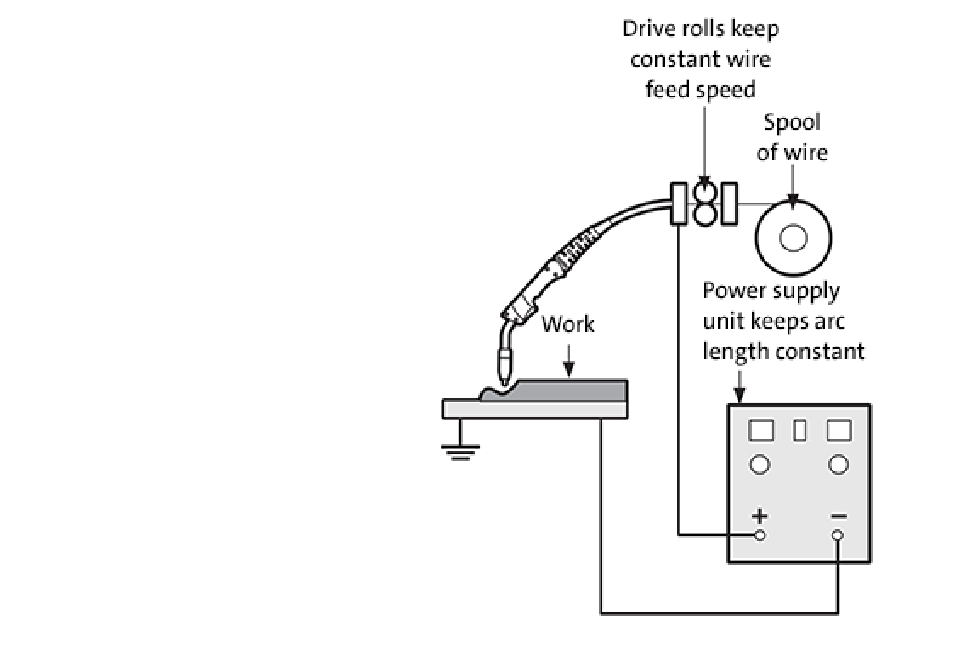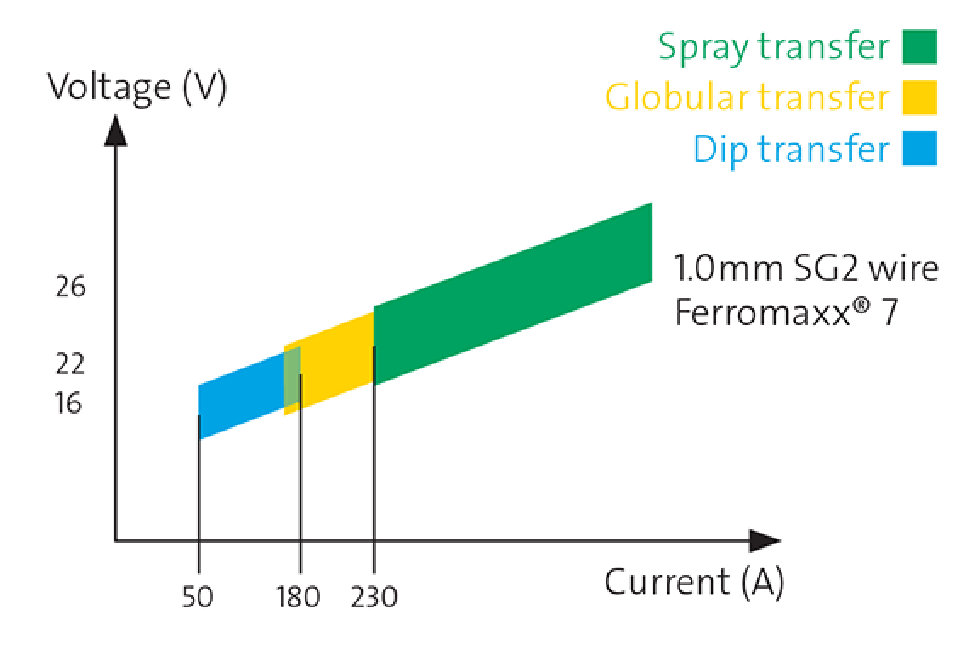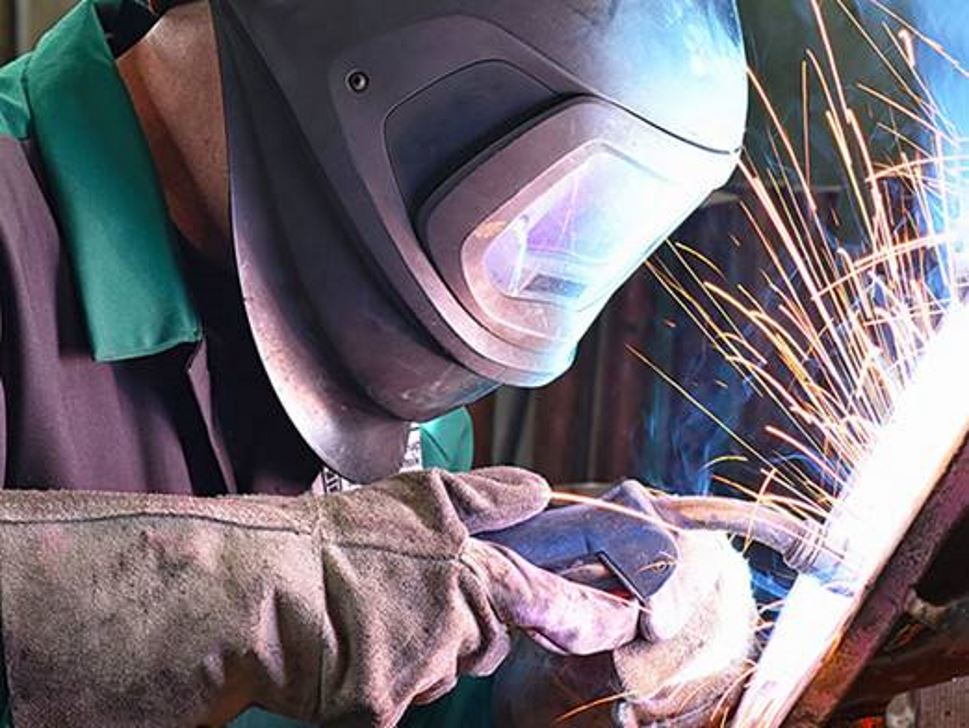Welder's Handbook
Request a download of our industry-leading comprehensive guide to gas shielded arc welding and oxy-fuel cutting.
Request a download of our industry-leading comprehensive guide to gas shielded arc welding and oxy-fuel cutting.
Whatever you are welding, Air Products’ innovative Maxx® gases range will give you superior results. Formulated to boost output through a unique combination of weldability, weld quality and higher welding speeds, you will achieve improved productivity with fewer rejects.
Contact us to book a demonstration.

There are some core materials required to MIG weld – welding machine, filler wire, welding gas and PPE. There are also some core safety rules that need to be observed and surface preparation required before welding can commence.
In summary, an electric motor continuously feeds consumable filler wire through the welding torch into the arc, and the power source keeps the arc length at a pre-set value. This allows the welder to concentrate on ensuring a complete fusion of the joint. Most power sources for MIG/MAG welding processes are known as constant voltage machines.

To set up a MIG/MAG welding machine, there are three key parameters;
• arc current / wire feed speed
• arc voltage
• welding speed
The correct settings of these parameters depend on the type of parent material, thickness, type of joint, welding position, type of filler material and weld process gas. Guide values can be found in data tables supplied with your welding machine or by consumables manufacturers.

MIG welding requires inert gas such as argon or helium. The primary purpose of the welding gas is to protect the weld pool and surrounding area from atmospheric contaminants. Gas mixtures are preferred by most professional welders in order to achieve required fusion, arc stability and a smooth, clean weld. Air Products recommends the tri-mix Maxx® gases (technically this makes it MAG welding) for optimal weld quality and productivity. These gases are grouped into three families to ensure easy selection:
• Ferromaxx® gases - for carbon steels
• Inomaxx® gases - for stainless steels
• Alumaxx® gases - for aluminium and alloys